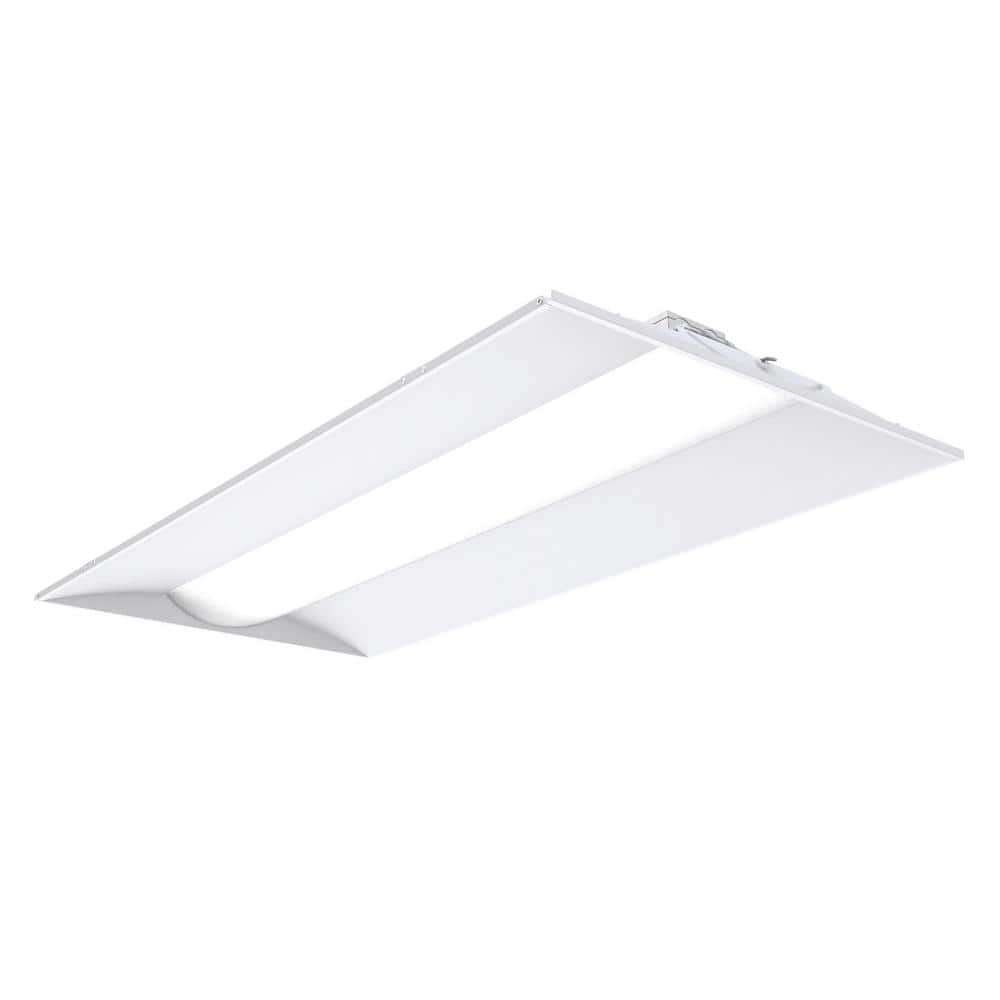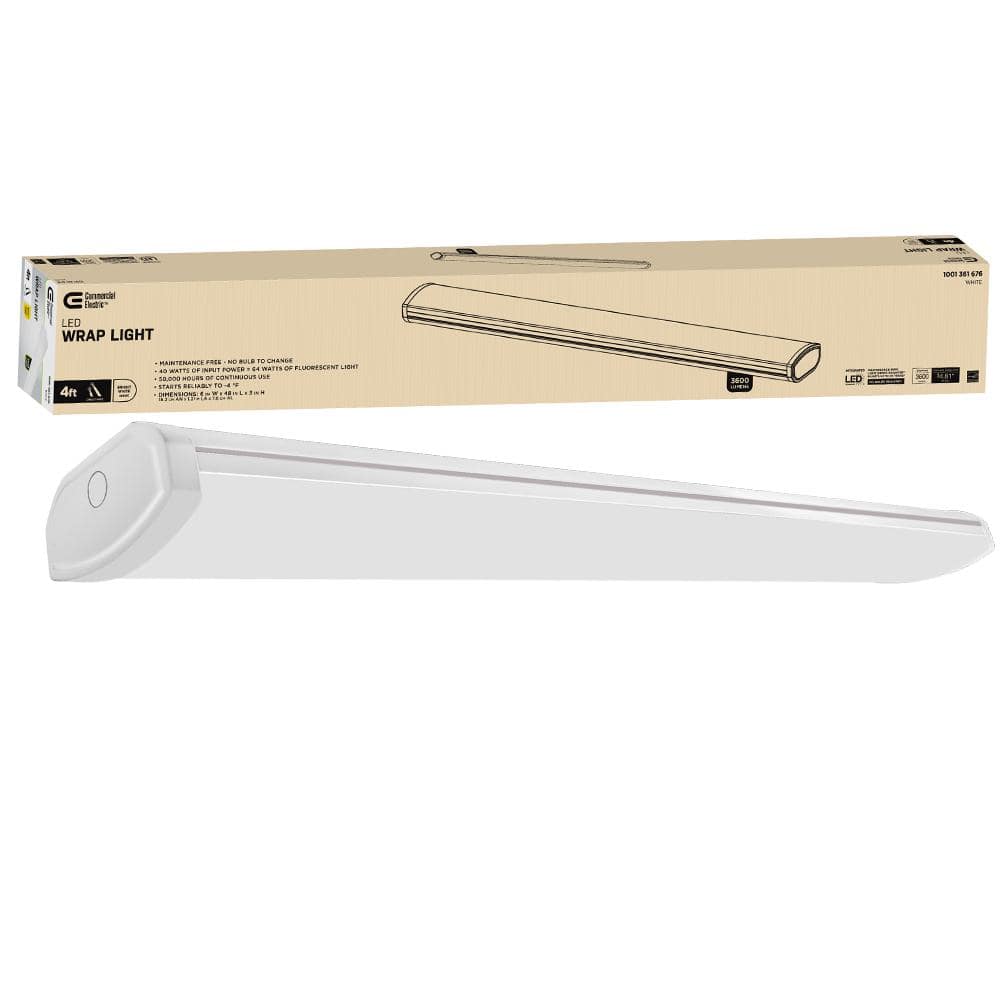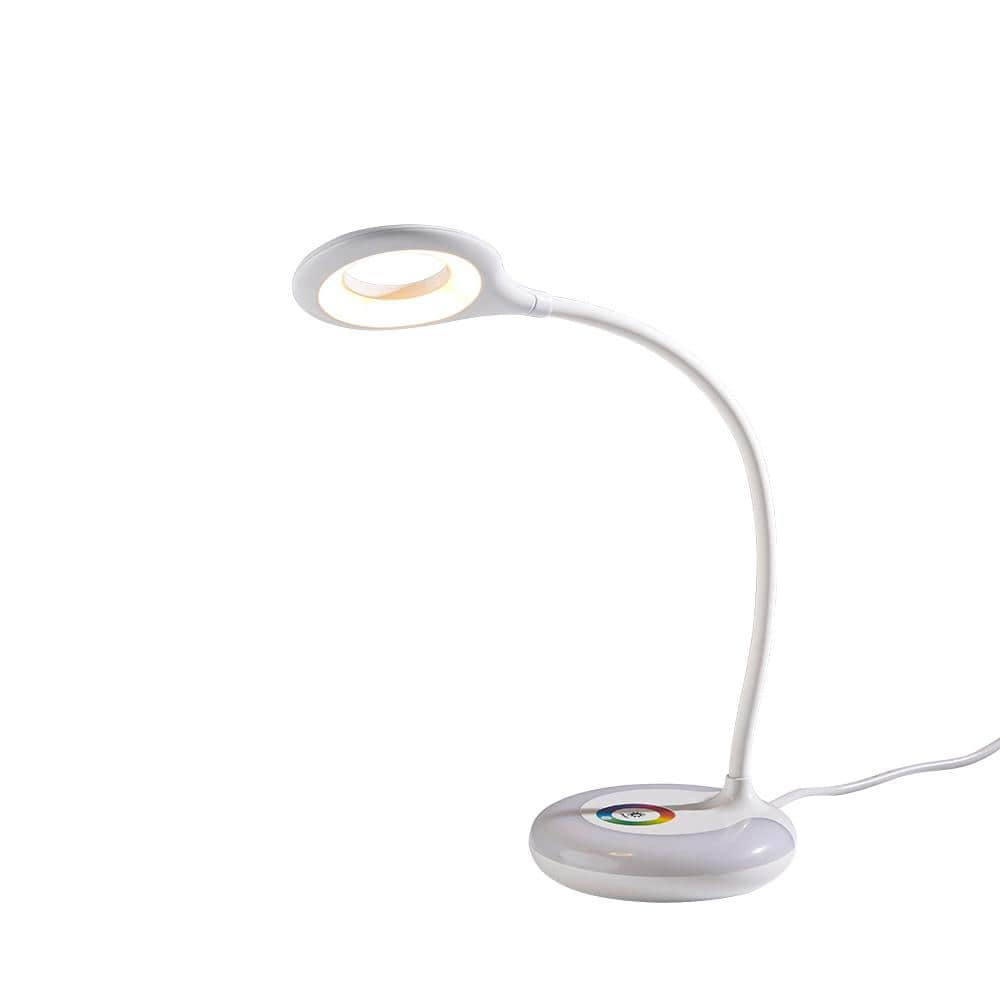Milwaukee M12 12-Volt Lithium-Ion Cordless 1400 Lumen ROCKET LED Stand Work Light (Tool-Only)
1,400 Lumens of TRUEVIEW High Definition Output in High Mode. Tower light head rotates 210 degrees for light in any direction. ROCKET Tower Lights deploy in seconds & adapt to any job site.
The MILWAUKEE M12 ROCKET Dual Power Tower Light is more portable and offers an all-day operation. The compact light tower is the lightest in its class with a 45% smaller footprint than Milwaukee M18 ROCKET Tower Lights. The portable light tower collapses down to just 31″ in length with three side handles which allow users to easily transport and store it. The LED tower light extends 5’8″ to provide up to 1,400 Lumens of TRUEVIEW High Definition Output. The LED light tower head rotates 210 degree and pivots 270 degree allowing users to cast light in any direction. The dual-powered light provides up to 10 hours of light on a single charge with an M12 REDLITHIUM XC6.0 battery and can also be plugged into an extension cord for all-day operation. The portable tower light is supported by impact-resistant, reinforced legs that form a compact base with a low center of gravity to help survive any job site. The protective guard secures the head during transport and storage ensuring your tower light is always ready to use. The LEDs never need to be replaced and are backed by a limited lifetime warranty. Milwaukee ROCKET Tower Lights are designed to deploy in seconds and built to adapt to any job site environment. The LED light towers supply both task and area lighting as well as provide light overhead to reduce shadows in the workspace.
- 1,400 Lumens of TRUEVIEW High Definition Output
- TRUEVIEW High Definition Output provides neutral white color and produces an even beam pattern for clearer visibility
- Light head rotates 210 degree and pivots 270 degree for light in any direction
- Powered by M12 REDLITHIUM Batteries or Extension Cord
- 45% smaller footprint than M18 ROCKET Tower Lights
- Collapses down to 31″ with three side handles for easy transportation and storage
- Impact resistant, reinforced legs
- Protective guard secures head during transport and storage
- Low battery indicator flashes when battery pack is low
- LED Limited Lifetime Warranty: LEDs never need to be replaced
- Part of the M12 System, featuring over 125+ Tools
- Includes: 2135-20 M12 ROCKET Dual Power Tower Light
Additional information
| Product Height (in) | 30.5 |
|---|---|
| Product Length (in) | 5.75 |
| Product Width (in) | 5.5 |
| Certifications and Listings | CSA Listed, UL Listed |
| Manufacturer Warranty | 5 Year Tool Warranty / Limited Lifetime LED Warranty |






by Nathan
Bought one back in 2019, used it everyday and it just recently just started slipping. Loved it so much, I had to immediately buy another to replace it.
by Prolava
This is my favorite M12 tool. Everything about this tool is well executed. The balance, grips and overmolding are well shaped for ergonomics. Magnetic bit storage on front clip. The Multi head choices are easy to change, the 90degree and offset makes cabinet install a breeze. Smooth trigger control for precise run down of fasteners. Won’t blow through like your impact gun.
by Mckinlia
Super tool. For those who don’t like where the direction button is compared to a conventional driver. Hold it with your thumb on the left of the body and pull the trigger with your middle finger. (Gangster Style) I’m assuming this is how it’s designed to be used. Then the direction control is easy to adjust with your thumb. You’ll find you get a lot more control doing fine work. I don’t know if this is in the directions. I never read them.
by Amanda
Amazing tool For electrician when other tools can’t manuvuer in tight spaces or have too much torque.
by Mark
Great versatile tool – ideal as indicated for “installation” tasks. The offset head came in handy on day one as I reassembled some furniture after a big move. Typical Milwaukee high quality.
by Esteban
I love that it comes with a right angle chuck.